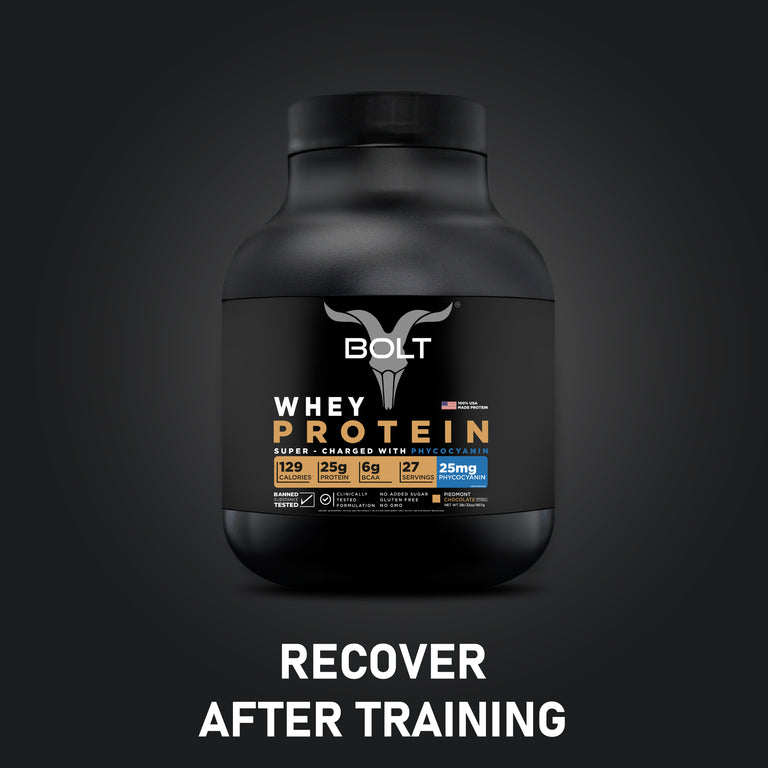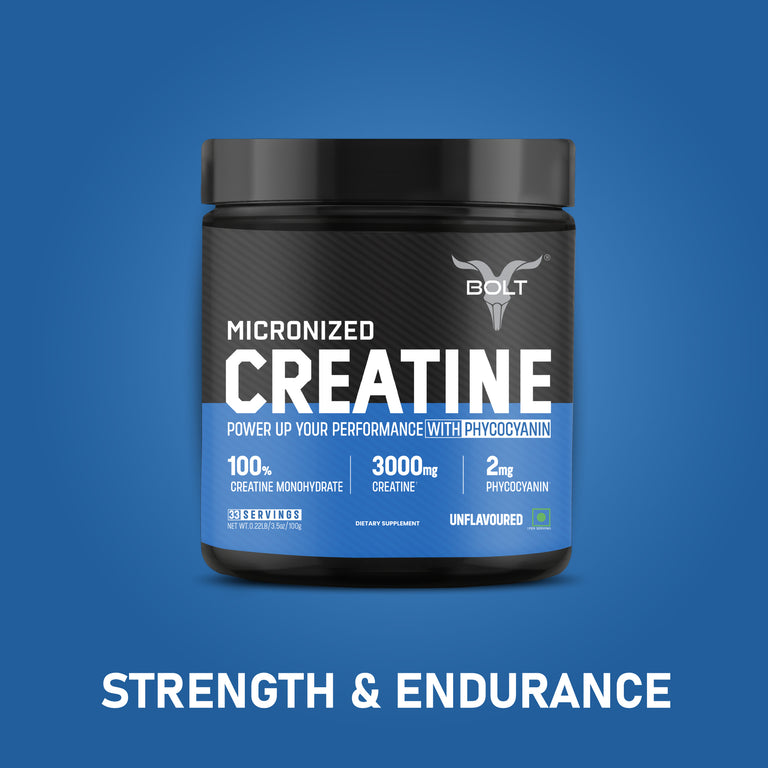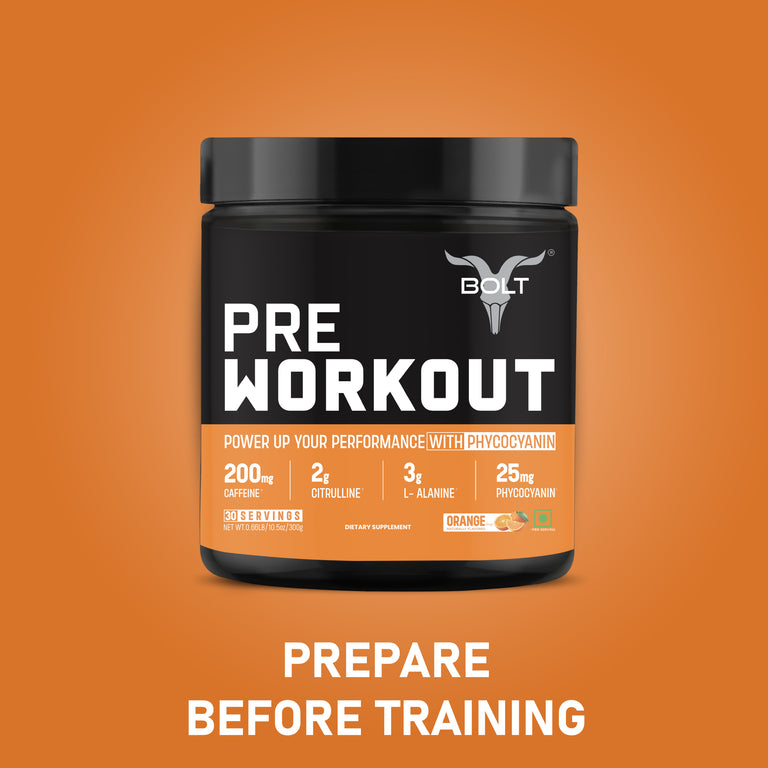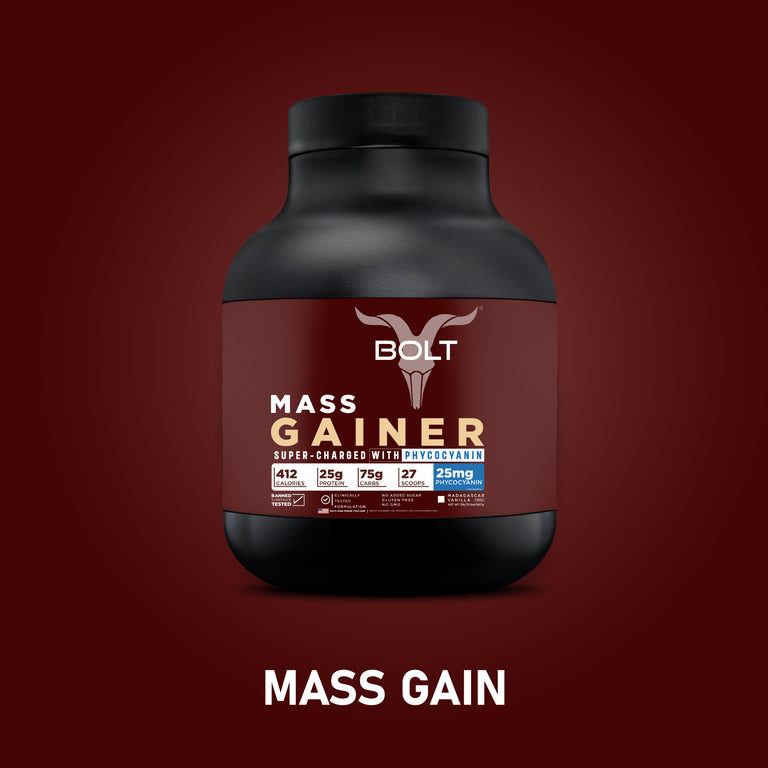
The Difference Between Fast and Slow Digesting Proteins: Which One is Best for You?
byWhen it comes to building muscle, improving recovery, or simply meeting your daily protein needs, not all proteins are created equal. One major factor to consider is how quickly your body digests and absorbs the protein you consume. This is where the distinction between fast digesting and slow digesting proteins comes in. You can select the appropriate protein at the appropriate moment by being aware of the differences.
What are Fast Digesting Proteins?
Fast digesting proteins are quickly broken down and absorbed by the body, leading to a rapid rise in amino acids in the bloodstream. This quick surge supports muscle recovery and growth, especially after workouts.
Examples of fast digesting proteins:
- Whey protein isolate and concentrate
- Egg whites
- Hydrolyzed protein powders
- Lean white fish (like cod or tilapia)
Best time to take:
Post-workout or first thing in the morning when your muscles are primed to absorb nutrients quickly.
What are Slow Digesting Proteins?
Amino acids are gradually released over several hours by slow-digesting proteins. This slow release makes them ideal for keeping your body nourished during long periods without food—like overnight.
Examples of slow digesting proteins:
- Casein protein
- Cottage cheese
- Hard cheeses
- Greek yogurt
- Whole eggs
- Red meat
Best time to take:
Before bed or during long gaps between meals to prevent muscle breakdown.
Fast vs Slow Digesting Proteins: The Key Differences
|
Feature |
Fast Digesting Protein |
Slow Digesting Protein |
|
Absorption Speed |
Rapid (within 1–2 hrs) |
Gradual (6–8 hrs) |
|
Best Use |
Post-workout |
Overnight or between meals |
|
Primary Benefit |
Quick recovery, growth |
Sustained nourishment, prevent muscle loss |
|
Common Sources |
Whey, egg whites |
Casein, cheese, meat |
How to Choose the Right One for You
They complement each other well, so you don't have to choose one over the other. You Use fast digesting protein when your body needs quick nutrition (like after a workout) and slow digesting protein when you need long-term amino acid release (like before sleeping).
Final Thoughts
Choosing between fast and slow digesting proteins isn’t about which is “better,” but about timing and your fitness goals. By strategically including both in your diet, you can maximize recovery, muscle growth, and overall health.








